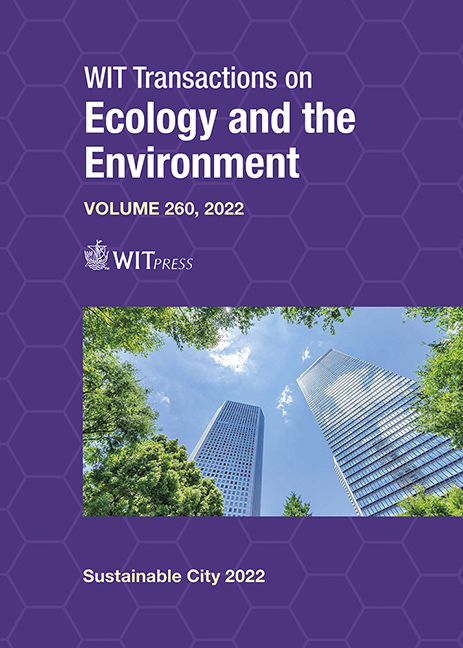DIGITAL TWIN MODEL FOR ZERO-ENERGY DISTRICTS: THE CASE STUDY OF ANZIO PORT, ITALY
Price
Free (open access)
Transaction
Volume
260
Pages
7
Page Range
357 - 363
Published
2022
Paper DOI
10.2495/SC220291
Copyright
Author(s)
SOFIA AGOSTINELLI
Abstract
A digital twin (DT) for a built environment is able to predict performances and behaviours across the life cycle through the implementation of predictive models and the real-time monitoring systems. In the present paper, a DT application is described in order to transform port areas in zero-energy districts (ZED) in Italy. The project case study is the port of Anzio, as it is a particularly representative sample of a port in the Mediterranean Sea. The study focuses on energy management strategies for the existing structures integrated with production systems through renewable energy systems (RESs) for sustainable mobility. The energy analysis of the area highlights the potential of DT, combining building information modelling (BIM) and geographic information system (GIS) to evaluate different multiscale scenarios maximizing benefits of energy efficiency strategies. The proposed DT framework of the Anzio port acquires energy data, presence data, projection of displacements and accesses, among others, together with the data acquired by the distributed sensors allowing elaborations, correlations, scenario simulations and providing insights through dashboards and data visualization.
Keywords
digital twin, renewable energy systems, zero-energy district, digital transformation, BIM





